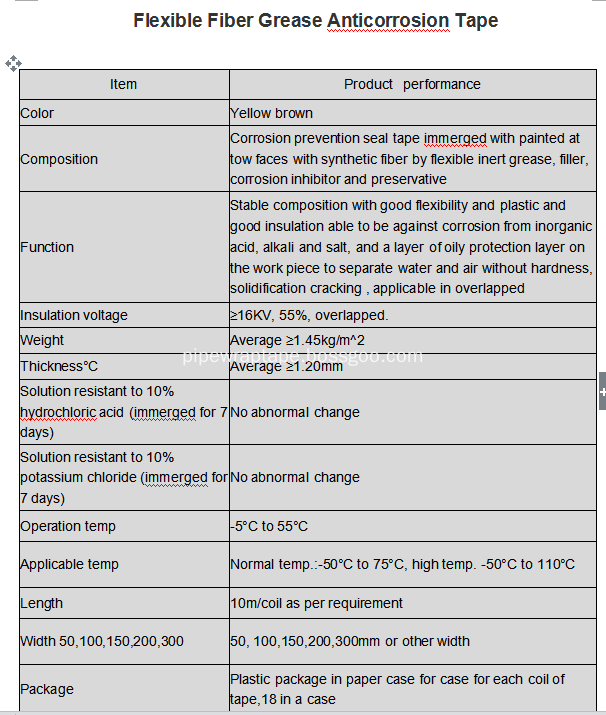Devitrification (also known as devitrification) is an inherent defect of quartz glass. From a thermodynamic point of view, the internal energy of quartz glass is higher than that of crystalline cristobalite, which is a thermodynamically unstable metastable state when the temperature is higher than 1000 °C. At the same time, the vibration of the SiO2 molecules is accelerated, and the crystals are formed after a long period of rearrangement and orientation. The devitrification is expressed by the growth rate of the nucleus. The crystallization rate of the opaque quartz glass at 1520 ° C and the transparent quartz glass at 1620 ° C respectively reaches the maximum value.
The crystallization is mainly on the surface, followed by the internal defects, because these places are easily contaminated, causing local accumulation of impurity ions, especially alkali ions (such as K, Na, Li, Ca, Mg, etc.) entering the network and causing viscosity. Decrease, causing devitrification to accelerate.
Since the thermal expansion coefficient and specific gravity of quartz glass are similar to those of the crystallized product β-cristobalite, when it is continuously used at high temperature, although the crystallization zone is continuously expanded, the volume change is not obvious, and it can be satisfactorily continued to be used. Reduce the plastic deformation of the glass and improve the refractoriness. When the crystallization product is cooled to 800 ° C, a fine crack network occurs. When cooling is continued to 200-275 ° C, the structural change of cristobalite from high temperature type to low temperature type (ie β-cristobalite → a-cristobalite) occurs, accompanied by volume fusion, if the crystallization layer is deep, then Quartz glass also ruptured. Since crystallization is often found in places with impurities, the surface state before high temperature use and surrounding refractories and atmospheres are very important. The precautions for using quartz glass are described later.
Petrolatum Tape
I System description:
The Anticorrosion system includes four parts: seal paste, putty (mortar), tape and protection band. This is based on the principle of hydrophobic oil and oily to constitute oily protection layer with a few continuous layers on the surface of work piece, so that the equipment is always to stay in seal condition of oil film which is impossible to be peeled or cured, especially in moisture or under water or in ground environments. The flexibility feature of the system without curing, hardening and cracking is able to adapt thermal expansion and shrinkage of work piece for long term seal protection. The system is able to resist erosion of inorganic acid, alkali and salt and has good electric insulation nature. The operation of AC oily fiber anticorrosion tape is easy to operate; it can be operated in water and moisture surface directly, which is other kinds of anticorrosion can`t accomplish. No volatile toxic and harmful components are in the system in conformity with strict international requirement for environment protection.
â…¡ Product feature:
Easy application-Installation fast and easy-simply remove the release film and press onto the substrate.
Superior adhesion capabilities-Creates a strong bond to the substrate for long-lasting waterproofing Protection.
Excellent sealing performance-It seals around fasteners, allowing no water to penetrate and get to the substrate.
Highly conformable and flexible-Can accommodate settlement and shrinkage movement.
Long-lasting waterproofing protection-It creates a water and moisture barrier that does not degrade from the effects of the environment.
â…¢ Technical Datas:


Offshore Pipeline Petrolatum Tape
Offshore Pipeline Petrolatum Tape, Grease Fiber Anti-corrosion Tape, Ship Petrolatum Tape, Offshore Pipeline Petroleum Tape
Jining Xunda Pipe Coating Materials Co.,Ltd , http://www.pipe-wrap.com